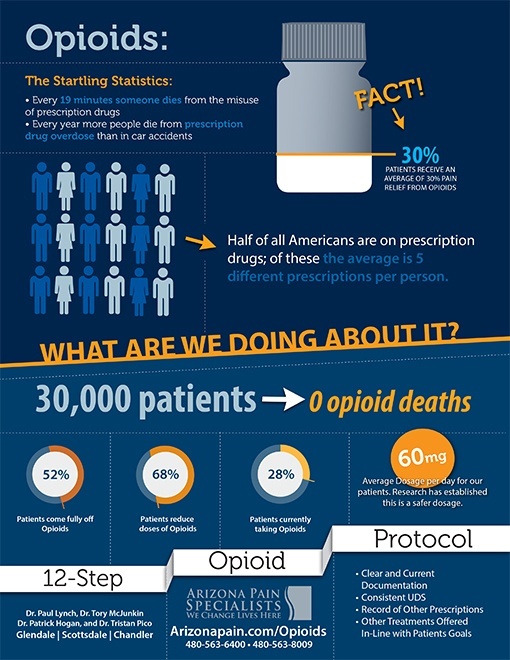The term "afamily lawyer" can sound like it is referring to a legal professional, but it really is not. As a general rule, the legal counsel of any legal entity that has more than four (4) people is referred to as an "affiliate attorney." An affiliate attorney represents the interests of a business, institution or organization while the other attorney represents the interests of the individual members of the company, organization or institution.
Affiliates work closely with their clients and are in a position to advise the client about all aspects of the case, but cannot represent the individual’s interests in the court unless and until their representation of the client becomes appropriate. It is an important distinction for any legal professional to remember when discussing their client’s representation in the court.
The best way to begin a consultation with an affiliate attorney is by calling their office. When they answer the phone, ask them if they would be happy to provide you with a consultation.
You may need to schedule a consultation prior to your family law case, so it is a good idea to plan the meeting accordingly. Many family law offices have waiting rooms in which a prospective client can meet with an attorney before a case begins. Be prepared to discuss the facts surrounding your case.
If you have decided to seek the services of an affiliate attorney to handle your family law case, be sure to set a time in which you are available to meet with them. If the case will not be resolved in a hurry, it may be beneficial to have someone on your side to keep track of progress and questions.
An important part of working with a family law lawyer in terms of your own interests is to make sure that they are familiar with the laws regarding your case. Some states have specific rules regarding where and how family members can share legal information.
In some instances, family lawyers can recommend an attorney that is experienced in handling cases similar to yours if you do not feel comfortable asking questions. Your local state bar association can give you some helpful tips on finding a family attorney that will work with your particular concerns and expectations.

Be sure to do your homework prior to hiring legal services. While there are several things that you can do to help you find the right attorney, the best way to make an informed decision is to research several options.
You may find that you have already found a reputable attorney by speaking to the state bar association or other legal professionals. Before you contact them, however, be sure to contact several family lawyers and request references. The more information that you can gather about the attorney, the better prepared you will be to make an informed decision.
In most states, attorneys will be required to disclose their fees to their clients in writing. Be sure that the agreement you have in writing clearly outlines the charges for each hour of service that you hire.
A good referral service is another source of information when researching your family law case. If you are interviewing an attorney, you should ask for referrals from friends and family.
The attorney that you are considering should also have a website where you can get information on the history of the attorney and on any articles they have published that may be helpful to your situation. Find out how long the attorney has been practicing. Ask them about his or her success rate as well as any disciplinary actions taken against them.
There are several legal documents that can help you determine whether or not your case is right for them. In addition to this, if you are looking into a particular attorney, be sure to read their credentials.




